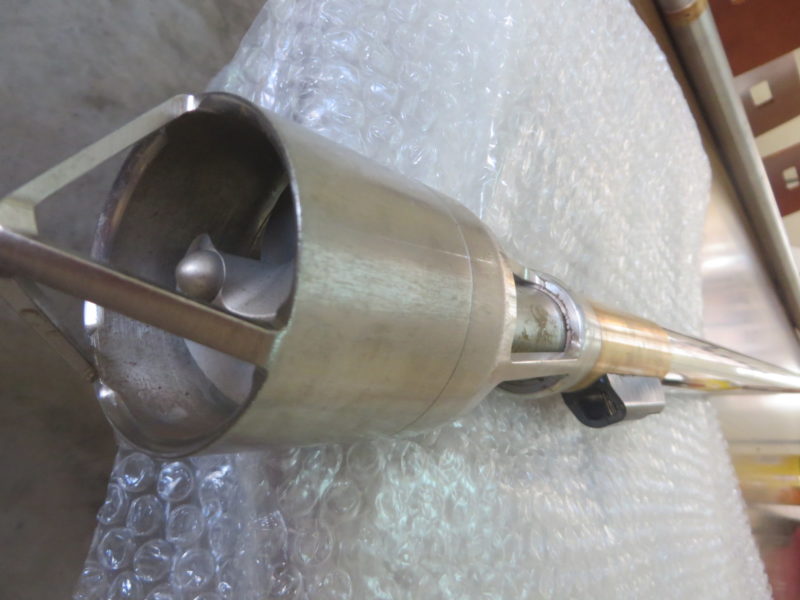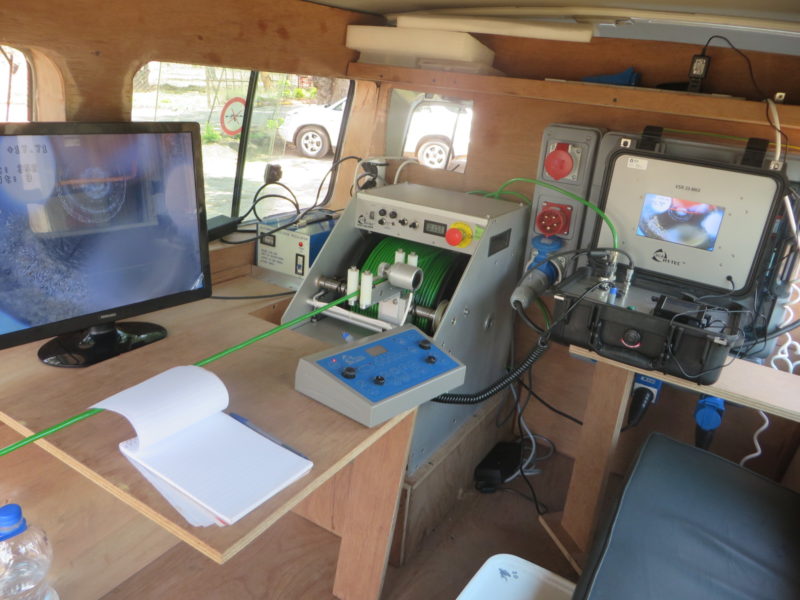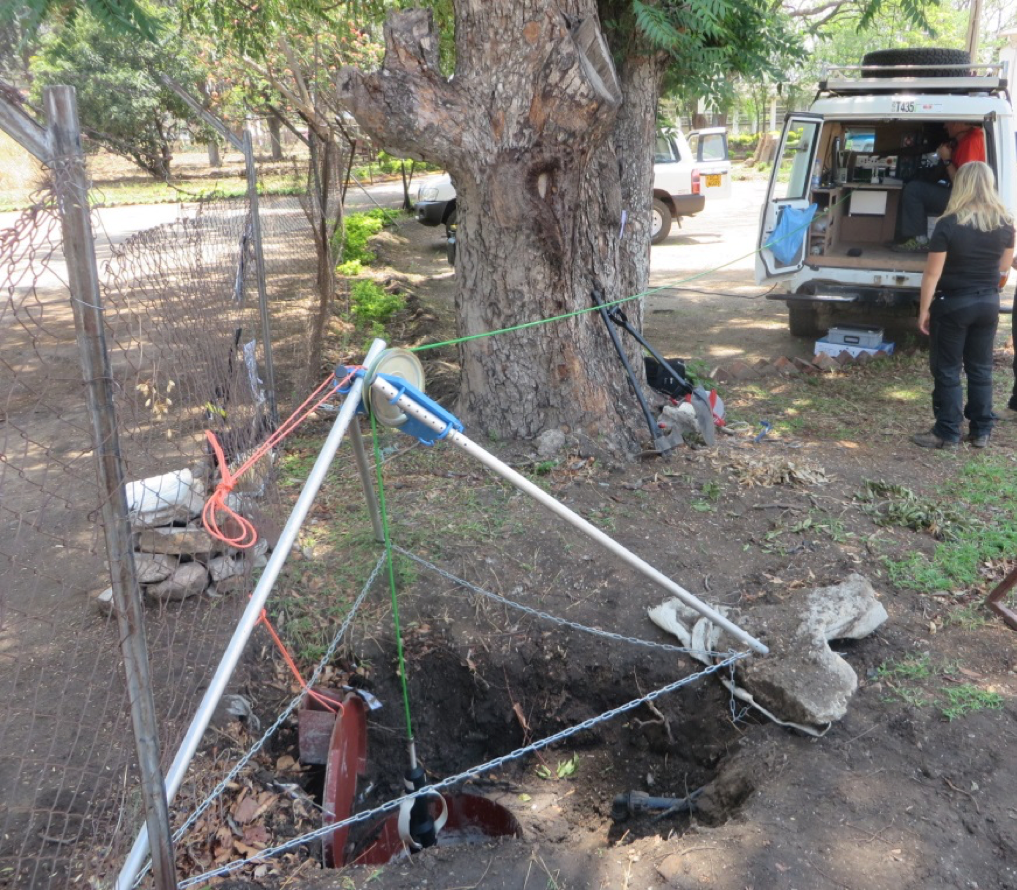WASH as prevention
Over-populated, low-income neighborhoods of Harare have been the epicenter of outbreaks of cholera, typhoid fever and dysentery on several occasions since the 1990’s.
For decades, drinking water and sewage networks have been poorly maintained. It is suspected that dysfunctional or damaged septic tanks, informal dumping sites, and unprotected hand-dug wells are currently contaminating the groundwater and nearby boreholes which could result in future outbreaks.
In crowded suburbs such as Budiriro and Glen View, people predominantly rely on boreholes for drinking water. These neighborhoods were severely affected by typhoid fever during the first half of 2016, and new suspect cases were reported throughout the rest of year.
In MSF’s “WASH as prevention” project an epidemiological and hydrogeological study was conducted in order to:
- Establish if the groundwater was a transmission route for Salmonella Typhi
- Identify suspected sources of contamination
- Map high risk zones for potential new outbreaks
Interface-Eau was contracted to guide the project team throughout the hydrogeological study which aimed at linking the epidemiological risk factors and their environmental context. The study also highlights the boreholes situated in urban settings and in direct proximity of dysfunctional drinking water and waste water infrastructures.
Contamination of deep aquifers via surface water
INTERFACE-EAU contributed to the project by providing expertise in particular by:
- Implementing a mobile workshop for the diagnosis of boreholes
- Organizing staff training
- Providing support in data collection, mapping and identification of risk zones
Elaboration of an initial, rough map of the piezometric levels – Harare, Zimbabwe




